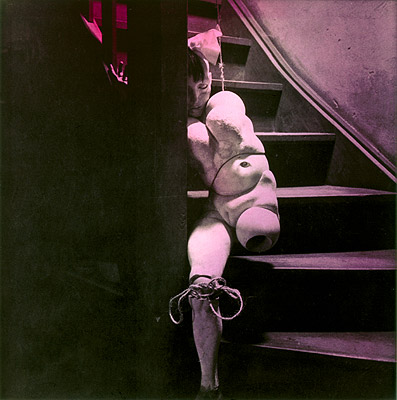







I am interested in exploring the way different aspects/mechanisms can alter the proportion of the body. How we as humans are constantly attempting to hide or extenuate features of our body. I’m fascinated in how different eras in time & culture are cultivated by different areas of the body-in this particular case the attraction to the neck and shoulders- and different cultural fetishes within the way those parts of the body appear. Keywords such as ‘exaggerate’, ‘lengthen’, ‘extend’.
“Fashions great seduction is its mutability. Through the artifice of apparel, the less than perfect can camouflage perceived deficiencies and in some instances project an appeal beyond those gifted with characteristics accepted as ideal in their culture and time. However, while fashion is commonly thought to be driven by a constant cycle of aspiration and obsolesce, the ideal unclothed body paradoxically is believed to conform to some unchanging and universal standard. In fact, an examination of the nude in art reveals a constant if sometimes subtle shift in the ideal of physical beauty.” (Extreme Beauty: The Body Transformed)
One could say there is almost a mathematical formula to achieve certain desired changes in proportions of the neck and shoulders, such as;
-‘A triangulated shoulder line attenuates the neck’
-‘In all these cases, the shoulder plays an important role in suggesting the long neck through dress. Ironically, to achieve that attenuation, the neck itself is hidden almost as frequently as the shoulders. The camouflaged, elongated neck is conceptually reduced to the relationship of the head to the torso, so that the shoulders are inevitably implicated.’
-‘To create the impression of a longer neck through the gradual collapsing of the shoulders.’
-‘The broad shoulder created a V silhouette that appeared to narrow the hips’
All these changes in proportions are merely a way for humans to appear more ‘attractive’ and fulfil particular fetishes of that time or culture.
The word fetish is quite an interesting choice of words,
Fetish:
1. Object of obsession: -an object, idea or activity that somebody is irrationally obsessed with or attached to.
2. Object arousing sexual desire: -something that arouses sexual excitement in somebody.
“It raises the veil on a past, false ideality. From under this veil the secret of fashion steps forth: the fetishistic structure of desire. The fetish, which, according to Benjamin, underlies the sex appeal of the inorganic, is the heart of fashion. This is why fashion was the site at which the lifeless was animated, without having to bear the stigmata of life, at which the idea came to life, hand, flawless, complete and perfect like the marble of the antique statues, alive for the perfect moment of the illusion. Post fashion brings this fetishistic core to light: it exposes it. Margiela does this in a particularly drastic way; he shows how fashion brought the ideal to life, an ideal which, however, was as such located out of time, untouched, like the dummy, by the decline to which the flesh is subject. Time will not stand still, however, and the disfiguration of the ideal has inevitably to be followed by a refiguration.” (Fashion Zeitgeist-Tends & Cyles in the Fashion System- Barbera Vinken)

























